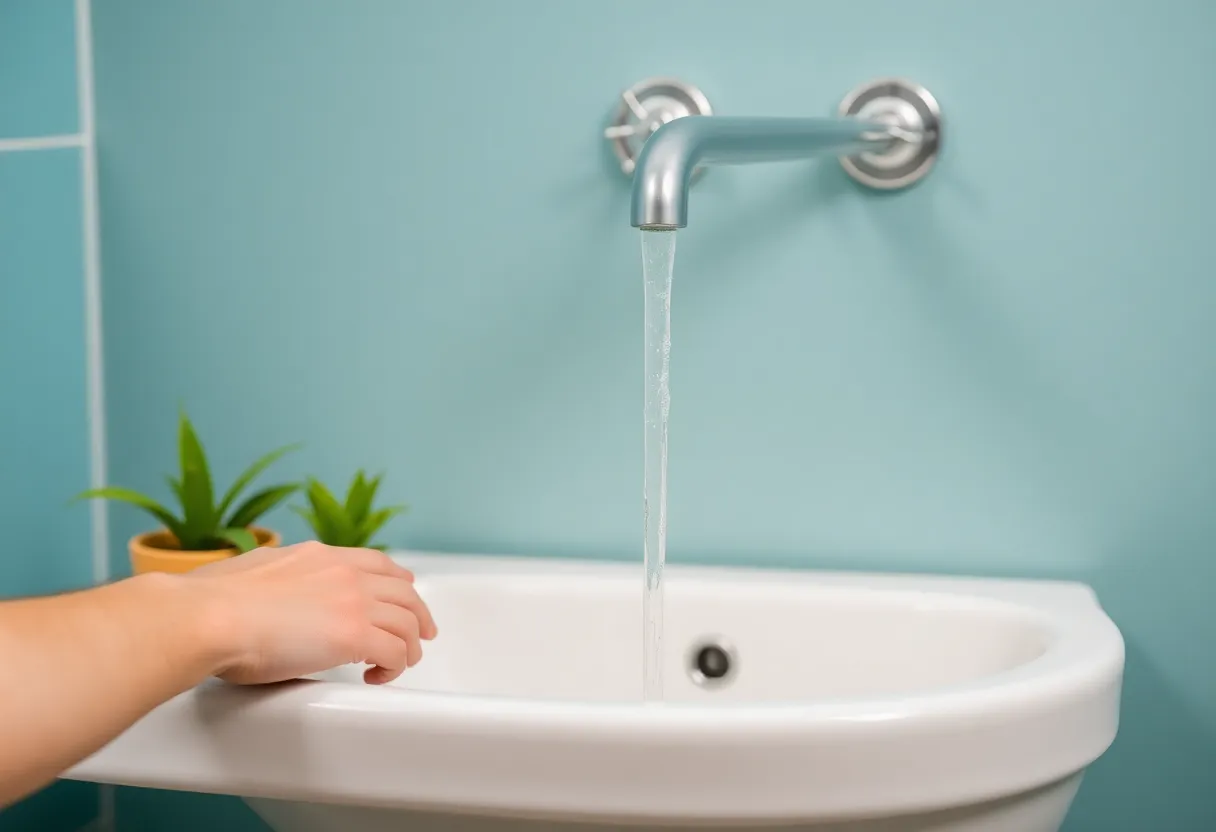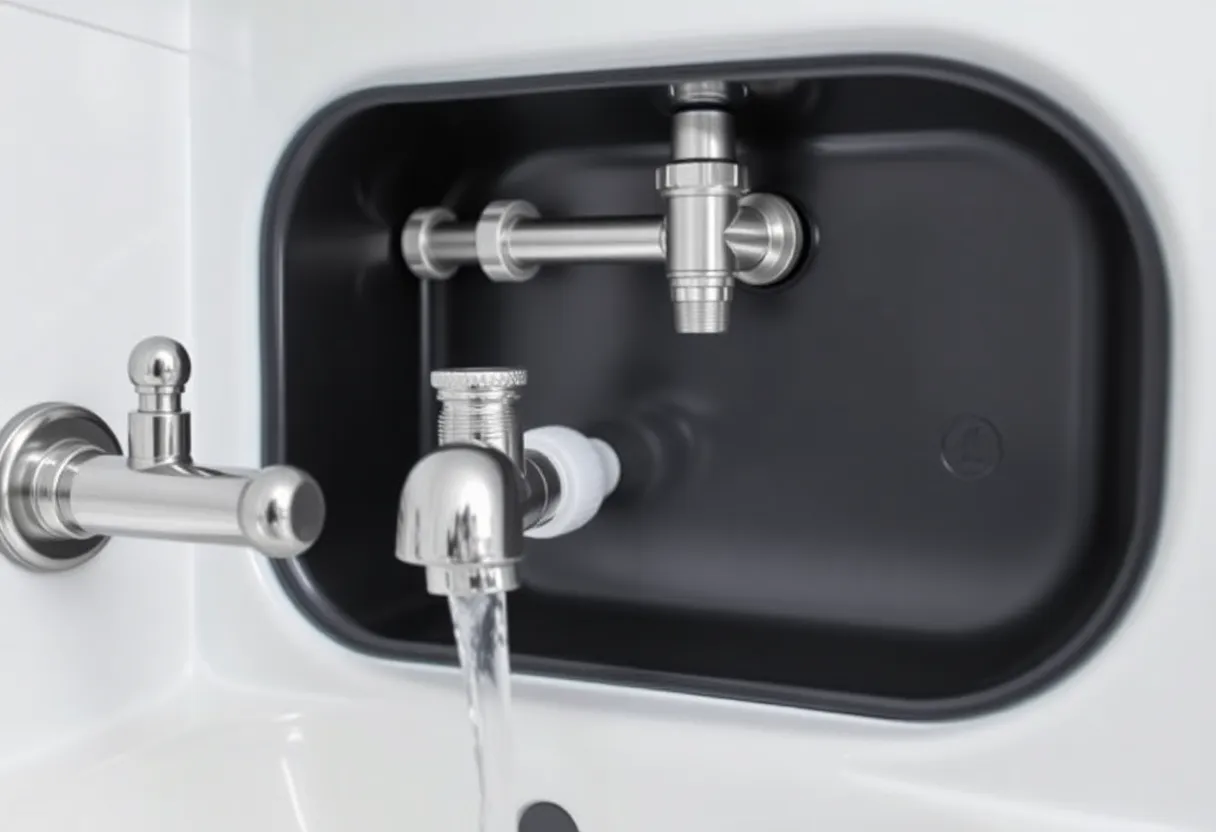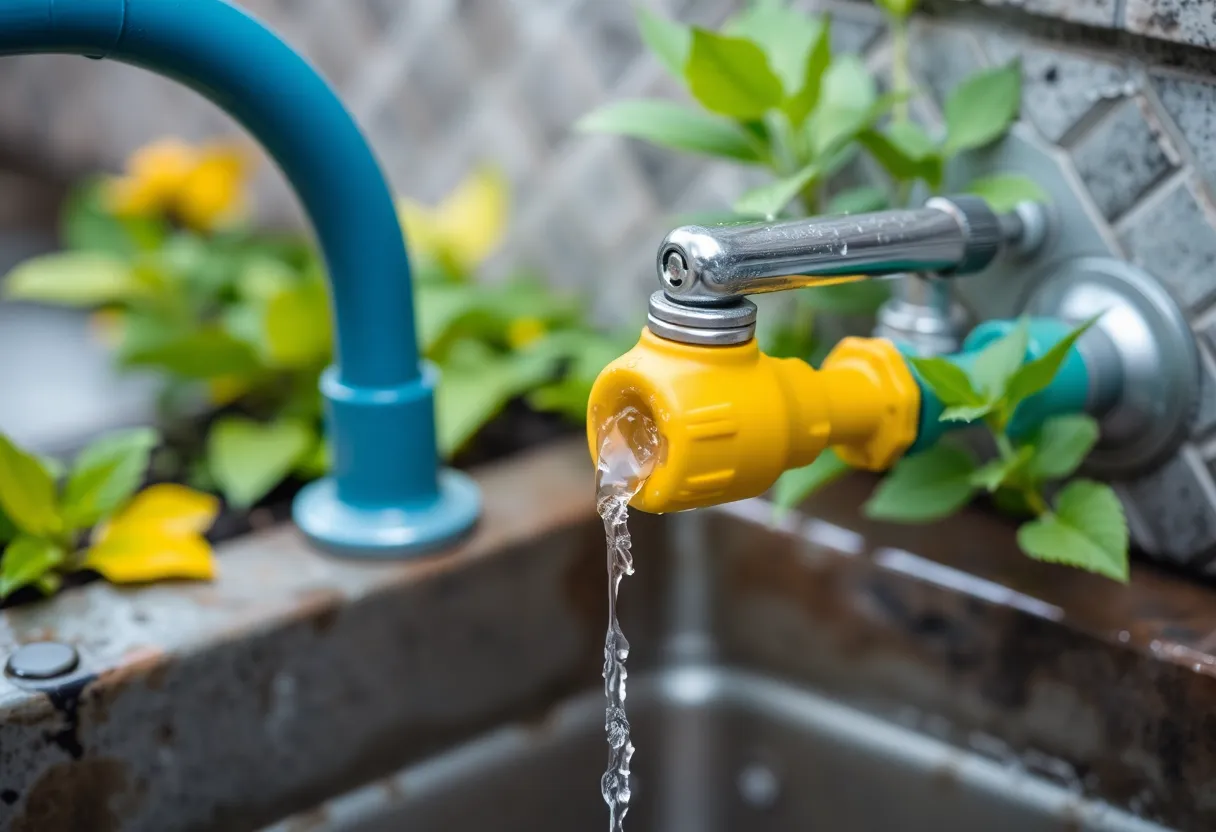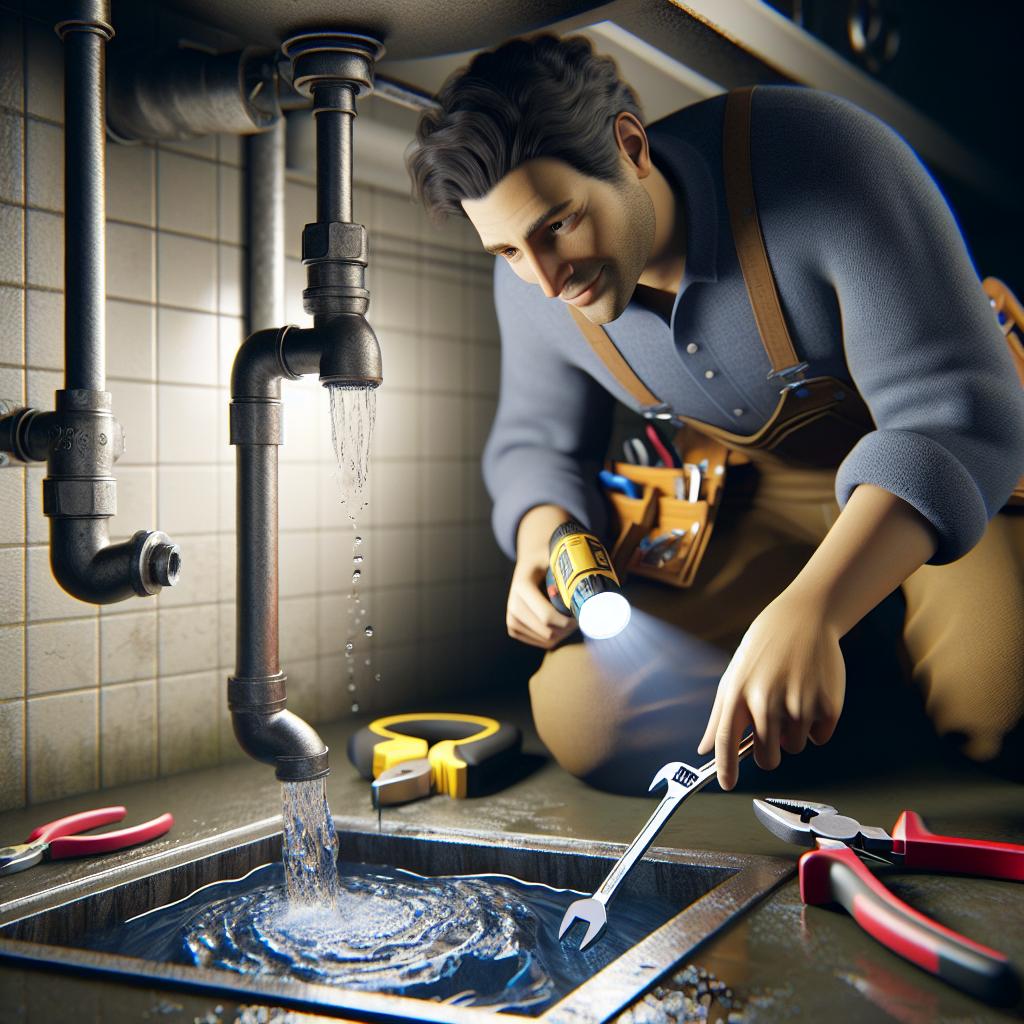The Green Revolution: 10 Eco-Conscious Plumbing Hacks to Save Water and Money
The world is increasingly focusing on sustainability, aiming to create a more eco-friendly environment for future generations. One of the often-overlooked aspects of sustainable living is plumbing. With simple adjustments to our plumbing habits, we can significantly reduce water consumption and utility bills. In this article, we’ll explore 10 eco-conscious plumbing hacks that not only help you save water but also save money in the long run.
1. Upgrade to Water-Efficient Fixtures
To kickstart your journey towards eco-conscious plumbing, consider upgrading to water-efficient fixtures. These include low-flow faucets, showerheads, and toilets.
Why Go Low-Flow?
Low-flow fixtures use significantly less water than conventional models, without sacrificing performance. For example, a low-flow showerhead uses about 2.5 gallons per minute compared to traditional models that can use up to 5 gallons per minute. This simple switch can cut your water usage in half!
2. Fix Leaks Promptly
Leaking faucets and toilets can waste an astonishing amount of water — sometimes over 10,000 gallons per year per household.
Identifying Leaks
To check for leaks, observe your water meter before and after a two-hour period when no water is used. If the meter changes, you likely have a leak. Fixing these leaks should be a priority for any eco-conscious homeowner.
3. Install a Rainwater Harvesting System
One of the most sustainable practices you can adopt is installing a rainwater harvesting system. This system collects rainwater from your roof and stores it for later use, primarily for irrigation purposes.
Benefits of Rainwater Harvesting
- Reduces potable water consumption
- Decreases stormwater runoff
- Provides a free water source for gardening and landscaping
4. Use a Dishwasher Instead of Hand-Washing
It may seem counterintuitive, but using a dishwasher can often save water compared to hand-washing dishes.
Why Choose a Dishwasher?
Modern dishwashers are designed to be highly efficient, using about 3 gallons of water per load, whereas hand-washing can use up to 27 gallons if not done carefully. Always run a full load to maximize efficiency.
5. Implement Greywater Reuse
Greywater is wastewater generated from sinks, showers, and washing machines that can be recycled for irrigation and toilet flushing.
Setting Up a Greywater System
Installing a greywater system may require some plumbing adjustments, but the benefits are manifold:
- Saves treated water for non-potable uses
- Reduces your overall water consumption
- Can promote healthy plant growth with nutrient-rich water
6. Install a Programmable Timer for Sprinklers
Keeping your garden lush and green while being mindful of water usage can be a balancing act. A programmable timer for your irrigation system can help.
Timing is Everything
By setting a timer, you can ensure that your garden gets the right amount of water without the risk of overwatering. It’s best to schedule watering during the cooler parts of the day, such as early morning or late evening, to minimize evaporation.
7. Use Conservation-Tips Toilets
Older toilets can be notorious water hogs, using as much as 3 to 7 gallons per flush. Switching to a conservation toilet can cut this down significantly.
What to Look For
Many new models are available that use 1.28 gallons per flush or even dual-flush options, which allow you to choose between a full and half flush based on waste type. Not only do you save water, but you also cut down on your utility costs.
8. Mulch Your Garden
Water needs for your garden can significantly increase during dry periods. Mulching can help retain soil moisture and reduce evaporation.
The Benefits of Mulching
- Prevents weed growth, which competes for water
- Maintains consistent soil temperature
- Enhances soil quality as mulch decomposes
9. Educate Yourself on Water-Saving Techniques
Knowledge is power, and staying informed about water-saving techniques can help in minimizing waste. From simple habits to advanced technologies, there are many ways to be water-savvy.
Incorporating Awareness into Daily Life
Make it a habit to monitor your water usage through monthly bills, and teach your family about the importance of conservation. Understanding the impact of each action leads to a culture of water consciousness.
10. Conduct Regular Plumbing Audits
Regular plumbing audits are vital for maintaining an eco-conscious home. By ensuring your plumbing systems are in good functioning order, you can prevent waste and be mindful of your water consumption.
Components of a Plumbing Audit
- Check for hidden leaks
- Inspect your water heater for efficiency
- Evaluate your irrigation methods
Conclusion
Incorporating these 10 eco-conscious plumbing hacks into your lifestyle can have a profound impact on both the environment and your wallet. From using water-efficient fixtures to harvesting rainwater, each tip contributes to a collective effort towards a more sustainable future. Small changes in our plumbing habits can lead to significant water savings and cost reductions over time.
Start this green revolution today by adopting these hacks and actively contributing to saving water and money. Together, we can all be part of the solution.












